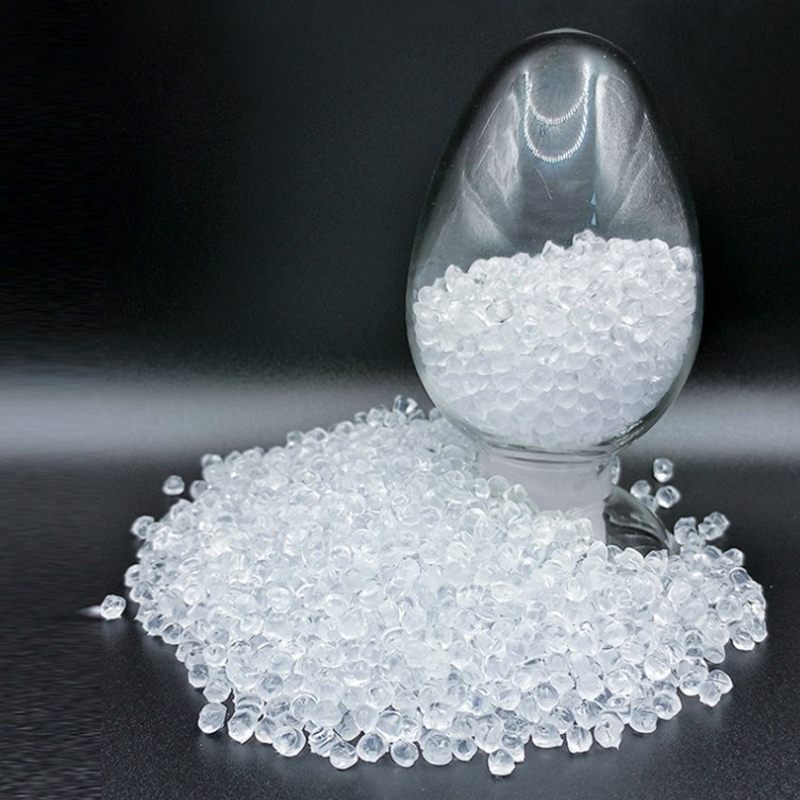-
Categories
-
Pharmaceutical Intermediates
-
Active Pharmaceutical Ingredients
-
Food Additives
- Industrial Coatings
- Agrochemicals
- Dyes and Pigments
- Surfactant
- Flavors and Fragrances
- Chemical Reagents
- Catalyst and Auxiliary
- Natural Products
- Inorganic Chemistry
-
Organic Chemistry
-
Biochemical Engineering
- Analytical Chemistry
-
Cosmetic Ingredient
- Water Treatment Chemical
-
Pharmaceutical Intermediates
Promotion
ECHEMI Mall
Wholesale
Weekly Price
Exhibition
News
-
Trade Service
Chloroprene is an important industrial chemical used in the production of rubber and other synthetic materials.
It is widely used in the manufacturing of synthetic rubber, adhesives, and other polymer products.
The chemical industry relies heavily on the production of chloroprene, and it is an essential component in the production of many everyday products.
There are several different synthetic routes that can be used to produce chloroprene, and the choice of route will depend on several factors, including the desired purity of the product, the scale of production, and the availability of raw materials.
One of the most common methods of producing chloroprene is through the reaction of hydrogen chloride and 1,3-butadiene.
This reaction is known as the Emons or Schlitter process, and it involves the use of a homogeneous catalyst, typically a metal salt, to catalyze the reaction.
The reaction takes place in the presence of a solvent, such as acetic acid or water, and the resulting product is a suspension of chloroprene in the solvent.
Another method of producing chloroprene is through the reaction of sodium hydride and 2-chlorobutane.
This reaction is known as the Sodiaal process, and it involves the use of a heterogeneous catalyst, typically a metal oxide or hydroxide, to catalyze the reaction.
The reaction takes place in the presence of a solvent, such as benzene or toluene, and the resulting product is a suspension of chloroprene in the solvent.
Both of these synthetic routes involve the use of hazardous chemicals and require careful handling and disposal.
The Emons or Schlitter process involves the use of hydrogen chloride, which is a highly corrosive and toxic gas, while the Sodiaal process involves the use of sodium hydride, which is an extremely reactive metal hydride.
In addition, both processes produce a suspension of chloroprene in a solvent, which must be separated from the solvent before the chloroprene can be purified and used in further manufacturing processes.
Despite these challenges, the Emons or Schlitter process and the Sodiaal process are both widely used in the production of chloroprene.
They are reliable and efficient synthetic routes, and they offer a high yield of product with relatively low energy consumption.
Another synthetic route that can be used to produce chloroprene is through the reaction of hydrogen chloride and 2-chlorobutadiene.
This reaction is known as the Wurtz-Fittig or Fittig-Wurtz process, and it involves the use of a Lewis acid catalyst, such as aluminum chloride or ferric chloride, to catalyze the reaction.
The reaction takes place in the presence of a solvent, such as ether or benzene, and the resulting product is a suspension of chloroprene in the solvent.
The Wurtz-Fittig or Fittig-Wurtz process is similar to the Emons or Schlitter process in terms of the synthetic route and the production of a suspension of chloroprene in a solvent.
However, it involves the use of a different type of catalyst and a different set of reaction conditions.
Overall, the production of chloroprene is an important industrial process that relies on a variety of synthetic routes.
These routes offer different advantages and challenges, and the choice of route will depend on the specific needs of the chemical industry.
Despite the challenges involved in the production of chloroprene, it is an essential component in the manufacturing of many everyday products, and its importance cannot be overstated.







